Kavala’s Museum of Hellenic Refugees
I awoke this morning with a sense of anxiety as it dawned upon me that I only had one more day in Kavala. I had a mental list of things that I wanted to see and do and just didn’t have the appetite to do it all in a rush. If I’m going to visit a town of immense historical importance such as Kavala I’m going to do it properly. I want to take my time to absorb the essence of a place rather than just tick, tick, ticking boxes just to get the Tshirt.
This issue is easily rectified. After breakfast, I make my way to the reception desk and ask to extend my stay by another day. This is the real benefit of keeping an itinerary flexible and not booking accommodation too far in advance. Phew! Now I can take in the sites at my leisure.
Now I have an additional day to explore the city further and in particular, some of its museums that are of interest to me. Firstly, something caught my eye yesterday and I want to go and take a quick peak at it. I love street art and to be honest I’m also interested in graffiti which I know is a ‘marmite’ subject. I think that you can tell a lot about a place and the people that live there by the messages that adorn the surfaces within and around it. Being a left-leaning liberal I always tip a virtual nod of approval when I see antifascist comments or a sentiment that supports the plight of refugees and those less fortunate than ourselves. It aligns with my own values.
Across the road from the Esperia Hotel is a monstrosity of a building right on the seafront – a government building which houses the tax office and other administrative departments. On one corner of the building, there is a gallery of street art that deserves a moment or two of appreciation. I’m particularly taken by the painting of Morgan Freeman.
I automatically find myself walking along the harbourfront towards the old town. One of the regular boats that run between Thassos and Kavala is just making its way into the port. I did have a vague notion of re-visiting Thassos but want to give it more than a day trip. Another time maybe.
On the edge of the bustling shopping centre is the Greek Orthodox church of St Nicholas. As the shape of it would allude, the church was formerly a mosque. The mosque was built in 1530 on the site of a Christian basilica. The mosque was built by and named after Ibrahim Pasha, the vizier and brother-in-law of Sultan Suleiman the Magnificent. The mosque was converted into a church in 1926 and consecrated in the name of St Nicholas in 1945. Further additions were made at a later stage.
As mentioned in the previous post, St Paul travelled through Kavala on his way to Philippi after receiving a vision of a Macedonian man calling him to come to help his people. In the courtyard of St Nicholas Church is a monument that documents this story and commemorates his work.
Just beyond the church is one of Kavala’s most significant landmarks, the Kamares (meaning arches) Aquaduct. It is believed to be Roman in origin identified by the distinctive brickwork at the foundation level. During the 14th-century Byzantine period, the structure was incorporated into a defensive wall. It was then during the 16th century under the leadership of the aforementioned Ibrahim Pasha that it was remodelled into the arched structure that we see today. The aqueduct transported water from the Pangaeus mountains to the walled city of Kavala, feeding fountains, hammams and residential houses. The arched structure itself is 280 metres long and 28 metres in height at the highest point – a very impressive piece of engineering!
On the small green in front of the aqueduct is the war memorial and statue of the Amphipolis Lion. It’s a much smaller version of the original situated in the town of the same name somewhere between Kavala and Thessaloniki. Next to this is a young flowering Japanese blossom tree that was planted just a year ago. The plaque next to it reads that it was a gift from the Japanese government to commemorate the 100th anniversary of the Asia Minor Catastrophe. During this terrible episode in Greek history, the Japanese ship the Tokei Maru is said to have saved hundreds of Greeks and Armenians from genocide.
This brings me nicely to my next port of call which is the Museum of Hellenic Refugees located just through the far arch on the other side of the green. A set of steps takes me up to a terrace where volunteers Georgia and Mara are sitting waiting for visitors. The younger Mara speaks very good English and explains to me that the museum was created by second and third descendents of Greek refugees. They came together to form the Association of Asia Minor of Kavala and the museum is run by volunteers. I am the only person here so it is a pleasure to have both their undivided attention. Firstly a bit of context.
I find this part of Greek history so interesting but also difficult to comprehend – Greek and Ottoman history is long and complex. Although I’ve read about the genocide of the ethnic Greeks living in modern-day Turkey and the Turkish-Greek population exchange, I still struggle to get a clear picture of what took place. Bear in mind that both of these events happened in recent history. My father was born in 1913 and would have been a young child at the time when the unrest was beginning to unfold. That in itself is a bit of a mind-blower!
To understand the history of the Greek refugees I had to do away with the notion of Greeks being in Greece (as we know it) and the Turks in Turkey (as we know it). The Ottoman Empire was vast and from the mid-fifteenth century incorporated most of what we know as modern-day Greece. Before the catastrophe and population exchange, Asia Minor was ethnically diverse and made up of Turks, the Greeks of Cappadocia, the Pontic Greeks and the Caucasus Greeks. Also living in this region were Azeris, Armenians, Kurds, Zazas, Georgians, Circassians, Assyrians, Jews and Laz people. The Greeks in Asia Minor had been settled in this region for over three thousand years.
The museum’s map below shows the population densities of Greeks in these regions. Go back in history and settlers included the Hittites, Phrygians and Lusians (Troy may have been a Lusians city). After the conquests of Alexander the Great, Asia Minor was mainly Hellenised.
In the first and second decades of the twentieth century, several things were happening that are integral to the story of the Greek refugees. Although it isn’t my intention to turn this post into a historical essay, I wanted to get a better understanding of what I was about to see at the Museum.
World War I took place between 1914-1918. It saw the collapse of the sprawling Austro-Hungarian, Ottoman and Russian empires that had existed for centuries. The Ottoman Empire lost its strongholds in North Africa and Europe. They still had power over large populations in Turkey and to a lesser extent in Syria, Lebanon, Palestine and the Arabian peninsula.
Before this in 1908, the Ottoman Empire had seen the emergence of a movement called the Young Turks. They aimed to remove the autocratic rule of Sultan Abdul Hamid II, restore the constitution that the Sultan had previously removed, recall parliament and call for an election. Effectively this would see the beginning of the dissolution of the Ottoman Empire and the emergence of the modern-day state of Turkey.
Integral to this movement was the Committee of Union and Progress (CUP). One of the key members of CUP was Mustapha Kemal an officer in the Turkish army. The CUP eventually splintered into different factions and Kemal founded the Turkish National Movement.
Although the name Mustapha Kemal may not be one that cropped up in UK history lessons, (not mine for sure) many will have heard of the name Ataturk – the name given to him later. Put his name into Google and you will read that he was born in Thessaloniki which at the time was part of the Ottoman Empire. He is described as an army officer, statesman, reformist, founding father and beloved first president of the modern-day Republic of Turkey. As president, he introduced secularism which separated religion from state affairs, abolished polygamy, and introduced free and compulsory primary education. He modernised the Constitution and believed in social and political equality including for women. In Turkey, he is regarded as a hero and it is a criminal offence to taint his name.
WWI and its aftermath are integral to the following events. More than 16 treaties were signed at the end of the war including the Treaty of Versailles which most people will know or have heard of. Here is a timeline of some of the key events that I think are relevant to the part of history leading up to the population exchange.
October 1918 – Armistice of Mudros which ended all military operations by the Ottomans during WWI.
November 1918 – The Ottoman territories were partitioned. Allies begin their occupation of Istanbul.
August 1920 the Treaty of Sevres was signed. This was signed between the Allies of WWI and the Ottoman Empire. The treaty gave up swathes of Ottoman territory to France, UK, Greece and Italy. Of course, this stirred hostility amongst the Turkish nationalists and ignited the Turkish War of Independence.
1919-1922 – Greco-Turkish War. British Prime Minister David Lloyd George had promised Greece large chunks of territory in Asia Minor. Partly because Asia Minor had been part of Ancient Greece and the Byzantine Empire before the Ottomans conquered the region. In May 1919 the Greek forces landed in the administrative centre of Smyrna and launched a brutal attack as they took control of the western and northern parts of Asia Minor. These gains were short-lived as Mustapha Kemal galvanised his people against the Greek forces pushing them back out of the territories. Support from Bolshevik Russia in the form of money and weapons helped. Greece was left unsupported by the Allies.
After a successful win in the Greco-Turkish war and with the Turkish population behind him Kemal was in prime position to make his ambitions a reality. He aimed to create a homogenised nation-state in the form of a Turkish Muslim majority in Asia Minor. So how did these ambitions manifest themselves? It began with the systematic persecution, deliberate starvation and genocide of the Christians. Although initially engineered by the CUP, Kemal continued the campaign of ethnic cleansing right through to the end.
The Kemalists instigated unimaginable attrocities on the Greek population. 15,000 men, women and children from Rhodopolis in northeastern Anatolia were massacred. A three-day massacre at Kayseri destroyed the whole community. Whole villages were rounded up and shot en masse. A lucky few were able to flee to the mountains and approximately 30,000 were sent into the Asia Minor interior in exile where they lived (and died) in the harshest of conditions. Kemal set up special courts that sentenced hundreds of influential Greek citizens to death. In Pontus alone, every day in the month of September 1921, 60 public hangings took place. Criminal gangs posing as patriots launched their own violent attacks on Christian communities.
In September 1922 the final act of genocide took place in Smyrna. Smyrna was a busy, thriving port town located strategically along a trade route. Citizens of the town were affluent and cosmopolitan living in areas that were separated into quarters for the Greeks, Armenians, Jews and Turks for example. As the treatment of Christians became more extreme, many people began to flee the rural villages and make their way to the port of Smyrna taking with them what little things of value they had.
One fateful day in September 1922, the Kemalist army and gangs of brigands reeked a campaign of looting, rape and murder in Smyrna. Many of the people who had fled from the rural villages had their meagre possessions stolen from them. The city was set alight and the catastrophic fire is said to be the worst urban fire in history. The death toll from the fire alone was estimated at 125,000 people. According to the US Red Cross, around 400,000 survivors crammed onto the waterside with putrid smoke and flames whipping at their backs. They had no route of escape. Given no choice, many jumped into the sea to their deaths. Such was their desperation. It took over a week for the flames to die down.
Allied forces were in the harbour including the British, American, French and Italians. The situation seemed to lack co-ordination and the ships lay idle in the bay whilst the burgeoning numbers of refugees on the quayside suffered. Also in the harbour was the aforementioned Japanese cargo ship the Tokei Maru laden with expensive cargo such as silk and lace. The captain took the decision to dump the cargo and help the refugees regardless of nationality. The allied forces seemed intent on only taking nationals of their own countries. They insisted on checking passports and ID before allowing anyone to board. You can read more about the Tokei Maru in this article by the Greek Reporter.
Another unsung hero that not many people have heard about is American missionary Asa Jennings. His act of heroism should be in all history books.
His story is far too important to cram into a few sentences. You can read more about his heroism here:
See also the British Pathe film, the Burning of Smyrna
Kemal was now in a strong position to state his demands for territory. Asia Minor, Thrace up to the River Maritsa (Evros) and Constantinople were absolute deal breakers.
In October 1922 the Armistice of Mudanya was agreed shortly followed by the Treaty of Lausanne which outlined the plans for the exchange of populations.
Over one million Greek Orthodox Christians were displaced from Asia Minor and resettled in the newly formed territories in Athens, Macedonia and Thrace. 500,000 Muslims were forcibly extracted to Asia Minor with the exception of the Muslims in Western Thrace, Istanbul and certain islands. However, it wasn’t as clear-cut as that. For the Turks especially, the identification was down to religion as opposed to ethnicity. The Greek Muslims of Macedonia and Thrace for example, although ethnically Greek, were Muslim through their line of descent from Greeks who converted to Islam during the Ottoman occupation. They spoke no Turkish and yet their lives were uprooted to Asia Minor.
The journey for both populations wrenched from their homelands was devastating and the repercussions cut deeper than anyone can imagine.
Now into the Museum.
The museum is small and made up of just three rooms. As I enter I get the sense that I’m walking into someone’s home which in a sense I am. Each room has key pieces of furniture that have been donated by the families of Greek refugees. Georgia herself points out a handsome-looking sideboard that had been donated by her own family. Several formal-looking statement pieces that once took pride of place in people’s homes line the walls. However, amongst these are hundreds of carefully curated objects that tell an even more personal story about their owners and the lives that they once lived.
I’m invited into the room on the right which at its centre has a dining room table draped in a deep red velvet cloth. On top of the velvet cloth are examples of intricate white cotton lacework and embroidered cloth which sets off a silver tray laid out with Art Deco glassware. This was certainly of the era. I can imagine it taking pride of place in a wealthy Greek family home in Constantinople or Smyrna.
All four walls of this room are taken up with strategically placed display cabinets which are crammed full of the everyday objects that were once treasured possessions – a china tea set, a silver sugar bowl and a glass dish for sweets. Maybe wedding gifts or part of a dowry. Atop a sideboard is a wooden radio which I can imagine was a lifeline during the tumult of wartime. An intricately carved carriage clock sits next to an engraved pewter oil lamp and again examples of beautiful needlework set off each piece.
On the walls is a striking gallery of framed photographs where each subject seems to hold my gaze and I suddenly feel overwhelmed by a deep sense of sadness. It had the same effect on me as when I visited Auschwitz and Birkenau several years ago. Within the last few days events in the Middle East have escalated and at the time of writing show no let-up. When will we ever learn from the past?
Georgia leads me into the central room adjacent to the main entrance and talks me through the objects in the display cases. They tell a story of love, engagement, betrothal and birth entwined with the associated customs practised in all Greek communities. The wedding crowns or Stefana next to silver bowls of sugared almonds, a traditional gift for wedding guests. Like pieces of three-dimensional embroidery, there are several examples of ornate bread loaves made by an artistic hand for the celebration of a marriage or a birth. They are adorned with symbols that represent fertility or a long life. The egg-wash glaze seems to have preserved them for all this time.
In the centre of this middle room are two glass cabinets. In one is a set of large iron keys with a note saying “They took them in the hope that someday they would be back. But that never happened …..” I don’t doubt that this happened for both populations.
In the same display case above are beautifully made tortoiseshell hair combs, strings of pearls, sports medals and pocket watches. In one section there is a collection of smoking accoutrement that I imagine were once owned by men of the middle classes. There is also a long braid of hair laid out on a silk cloth. The note says that the braid had belonged to Varvara Sismanidou. She had it unwillingly cut in the quarantine when she arrived as a refugee from Ikonio in 1924. “Oh my sweet child” she used to tell her daughter years after. “If they’d have seen me bend to take it they would have cut my hands off. I even sewed on ribbons to be able to tie it to my short hair under the scarf”.
I notice the silver cup next to a photograph of Theologos Kelesoglou, member of the Council of Elders of the school board and founder of the Music Society of Philadelphia, Ionia, Asia Minor. In 1919 when the Greeks arrived in Asia Minor he planned the defense of the city. He was tried and found guilty by a Turkish military court and sentenced to death by hanging. Once he learned of the sentence he engraved the following on the cup with a nail. “Hanged on the 16th January 1923 in Philadelphia”.
On display in each nook and cranny are old books and a whole case of religious icons. In the corner of the room is a copy of a certificate which says “With compliments to the Embassy of Japan in Greece for the rescue of 825 refugees on the quay of Smyrna.”
The third room of the museum is set up like a marital bedroom filled with finely crocheted linens and hand-woven wall hangings. There are examples of beautifully embroidered slippers and the white cotton underwear is absolutely exquisite. If you appreciate the fine work of an embroiderer this room alone is paradise.
On one of the walls are two embroidered Kalimera pictures. I have seen these in several Greek homes before and Georgia explains that most Greek homes would have one of these pictures either over a mirror or strategically placed to greet visitors to the home. However, one of these pictures has a significant story behind it which Mara elaborates on for me.
In a town called Pafra in Asia Minor there lived a family of thirteen boys and one girl called Sofia. Sofia was willful and was always getting into trouble with her mother for making a mess. On one occasion the mother scolded her severely which upset her deeply. Sofia was particularly close with her brother Pavlos who was always very protective of her. Seeing how upset she was he found a piece of cloth upon which he painted her a Kalimera picture featuring two doves.
Caught up in the horrors of the holocaust, Sofia’s family including all thirteen brothers were slaughtered. By some stroke of luck or chance, Sofia managed to escape with her life and eventually, she was transported to Greece. The one possession that she managed to keep with her was the Kalimera picture painted for her by her beloved Pavlos. After ending up in an orphanage, Sofia was able to make a life for herself and eventually went on to have a family of her own. Her granddaughter recalls that her Turkish-speaking grandmother passed away underneath her only treasured possession, the same picture that I can see hanging on the wall of the museum.
This is a very poignant end to my visit here. Back in the middle room, Georgia has prepared a small dish of glyko (spoon sweet) for me. This museum has probably touched me more than most others. At times it was hard to remember that I was in a museum. It is as though the walls have absorbed the very essences of the clothes, trinkets and personal effects that once belonged to so many families. It is a truly exceptional little museum that tells the tragic story so well, but also one of hope.
Before I leave, Georgia tells me that I should visit the Tobacco Museum. Many of the Greek refugees that came to Kavala found work in the tobacco factories. The work was very difficult but particularly suited to women who had nimbler fingers than men. So this is my next port of call.
Before I finish this post I want to share this very moving film produced by Aljazeera World. It tells the stories of second and third-generation refugees from Turkey and Greece and the collaborations formed between them. There IS hope for humanity.


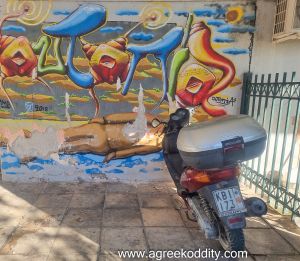

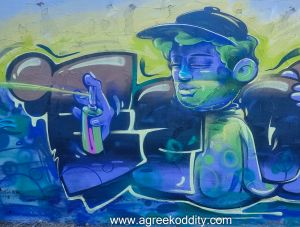

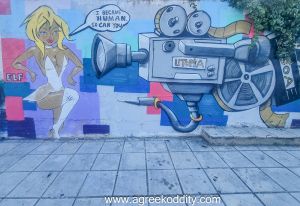
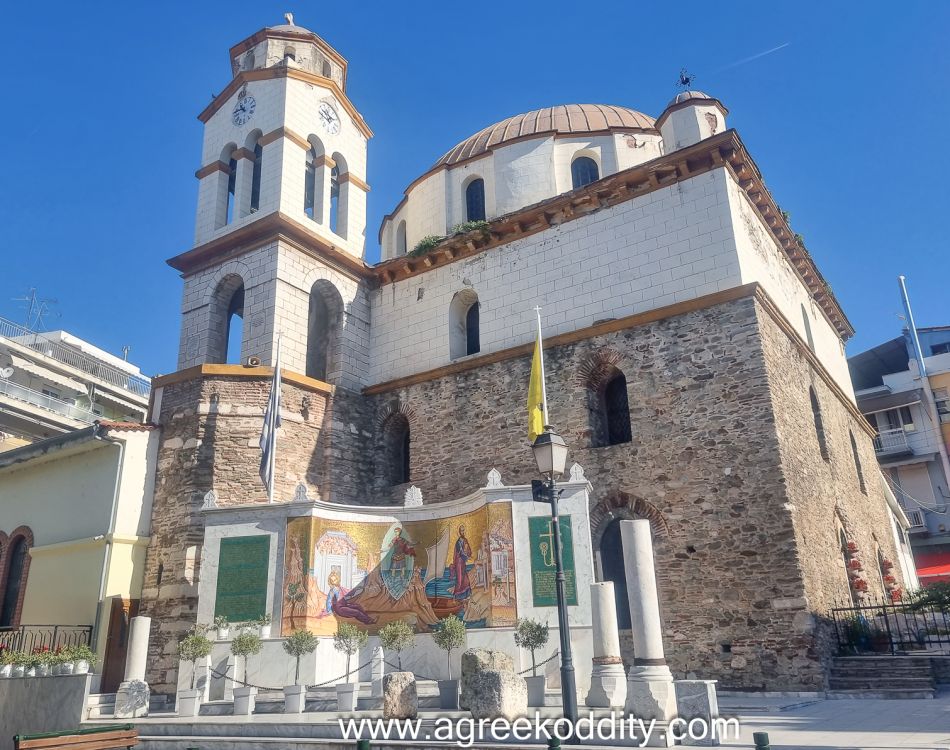

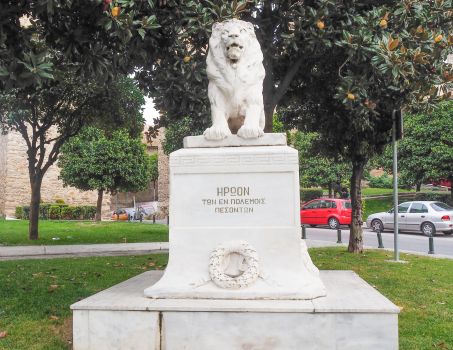

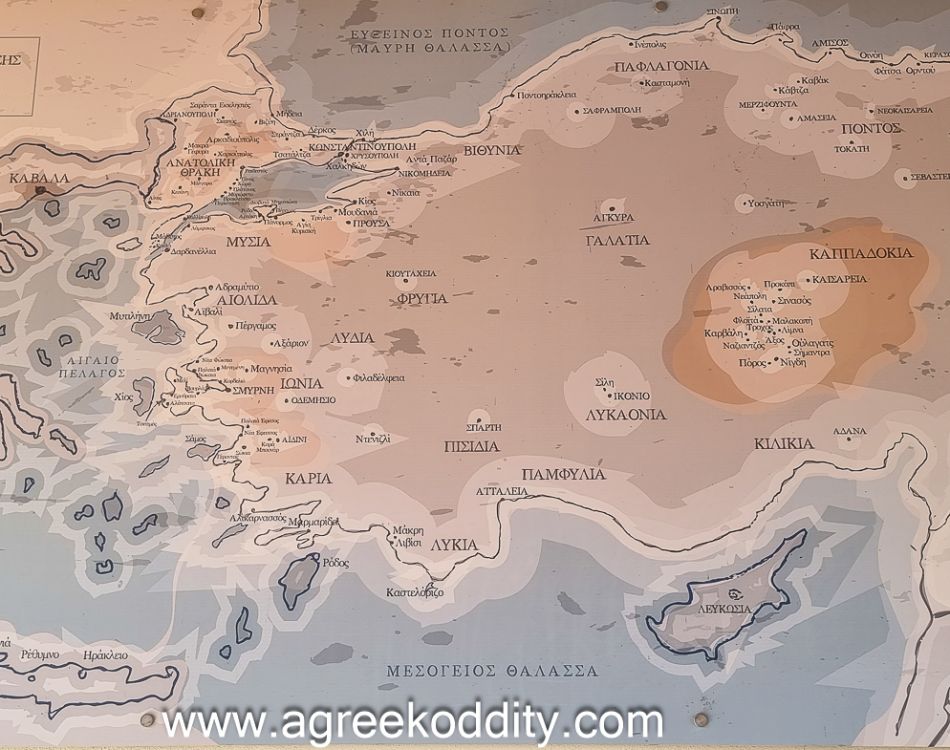
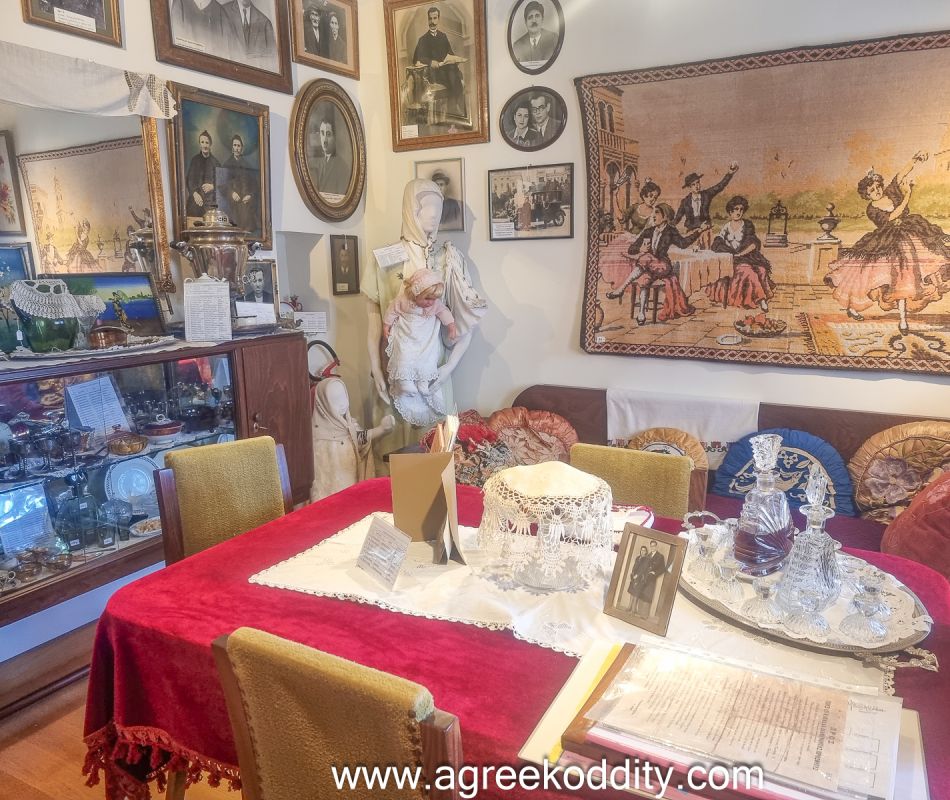


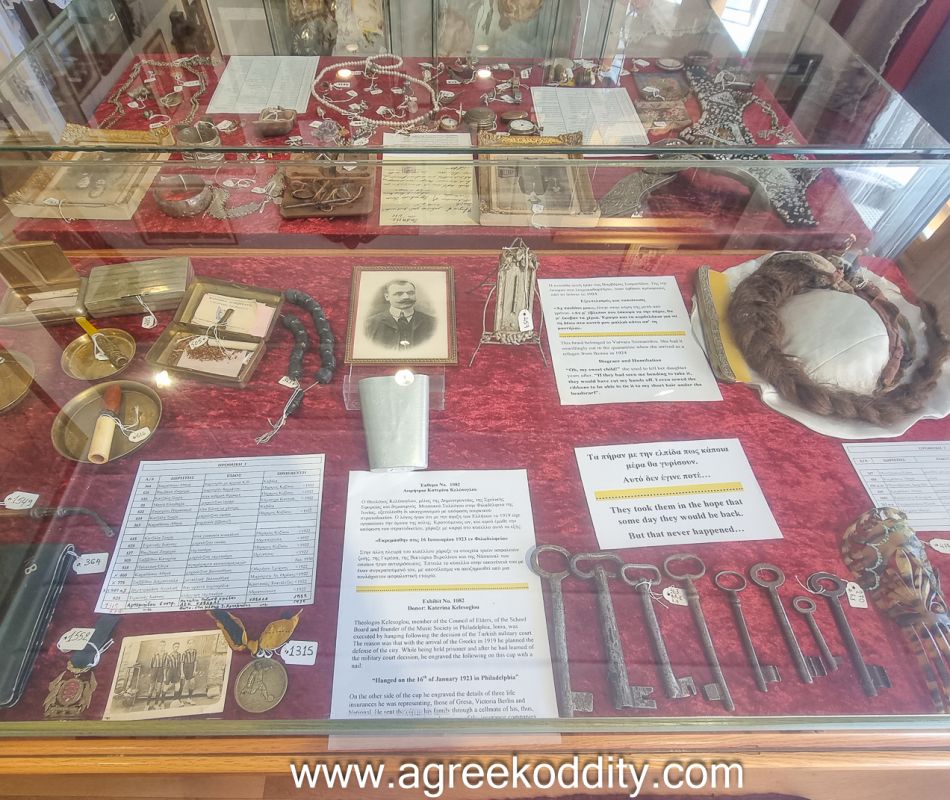
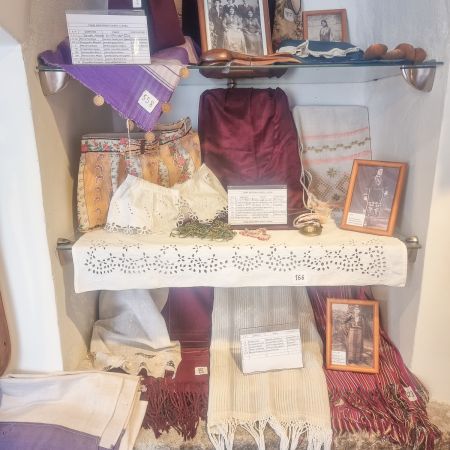
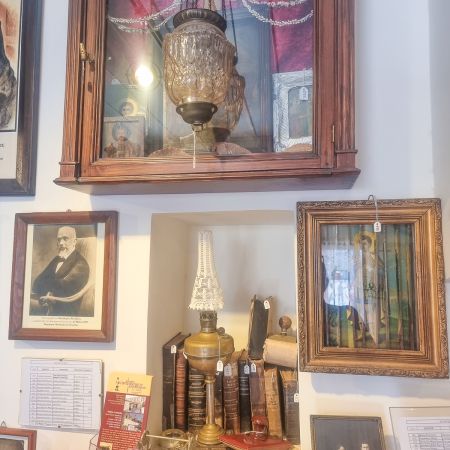
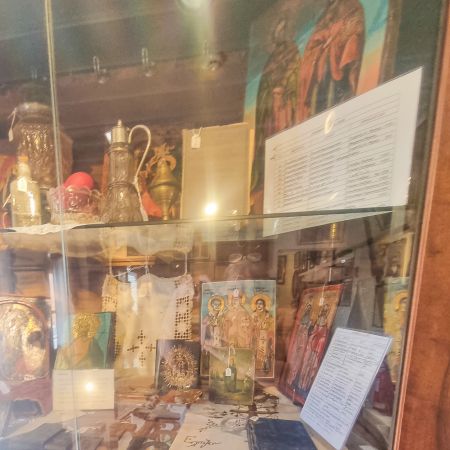
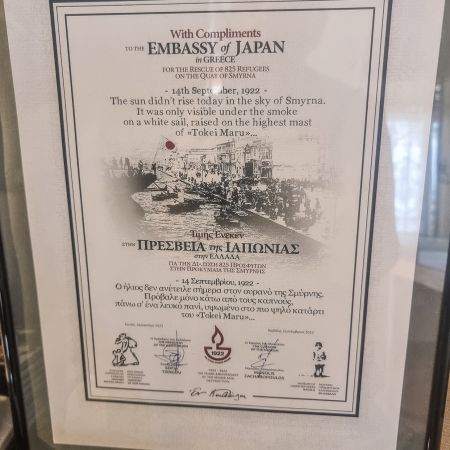
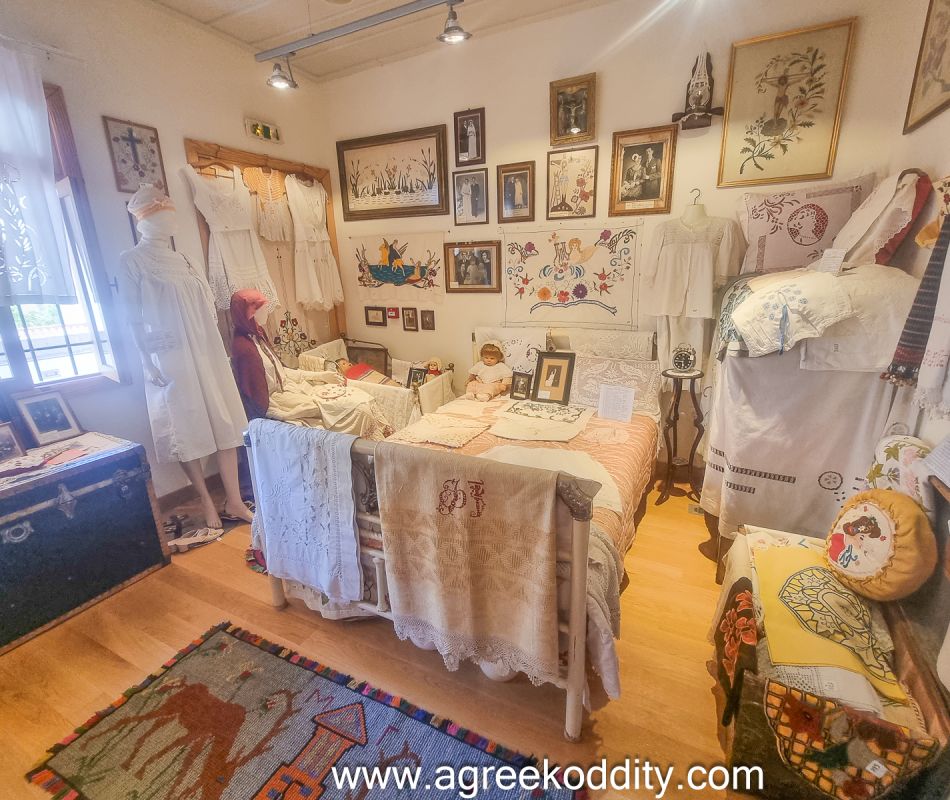

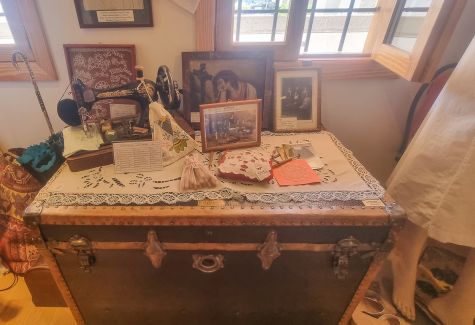

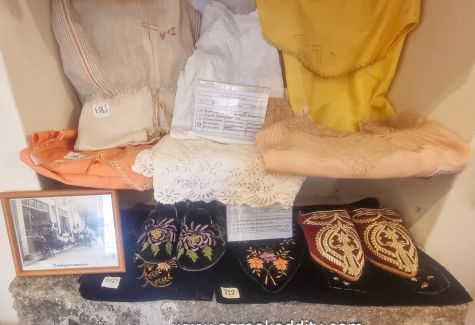
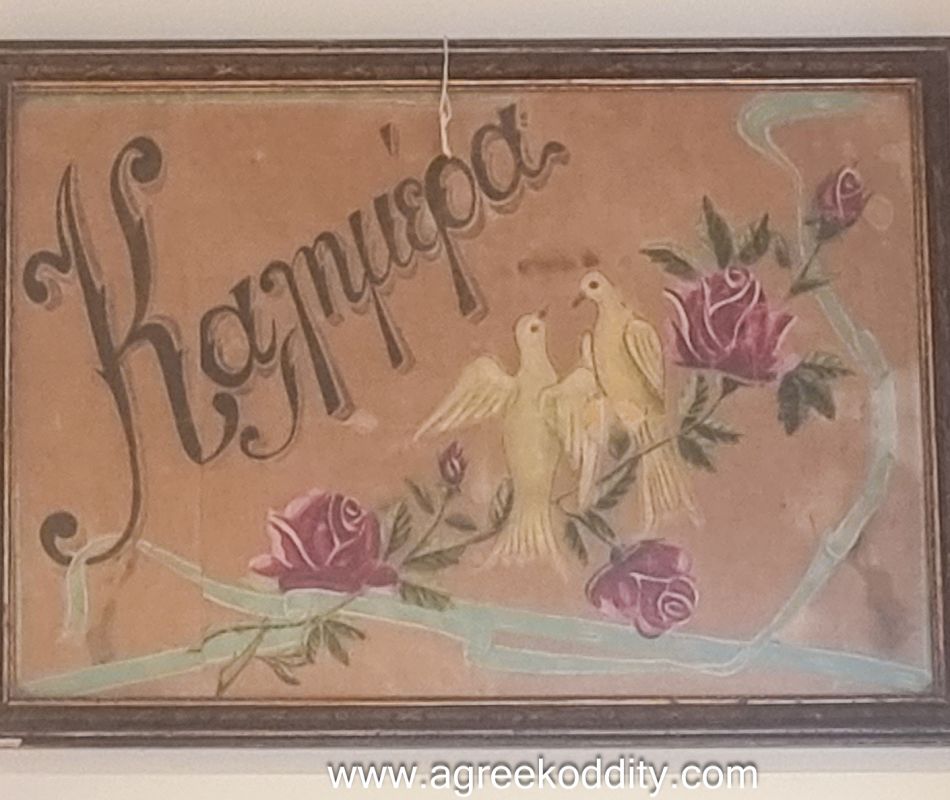
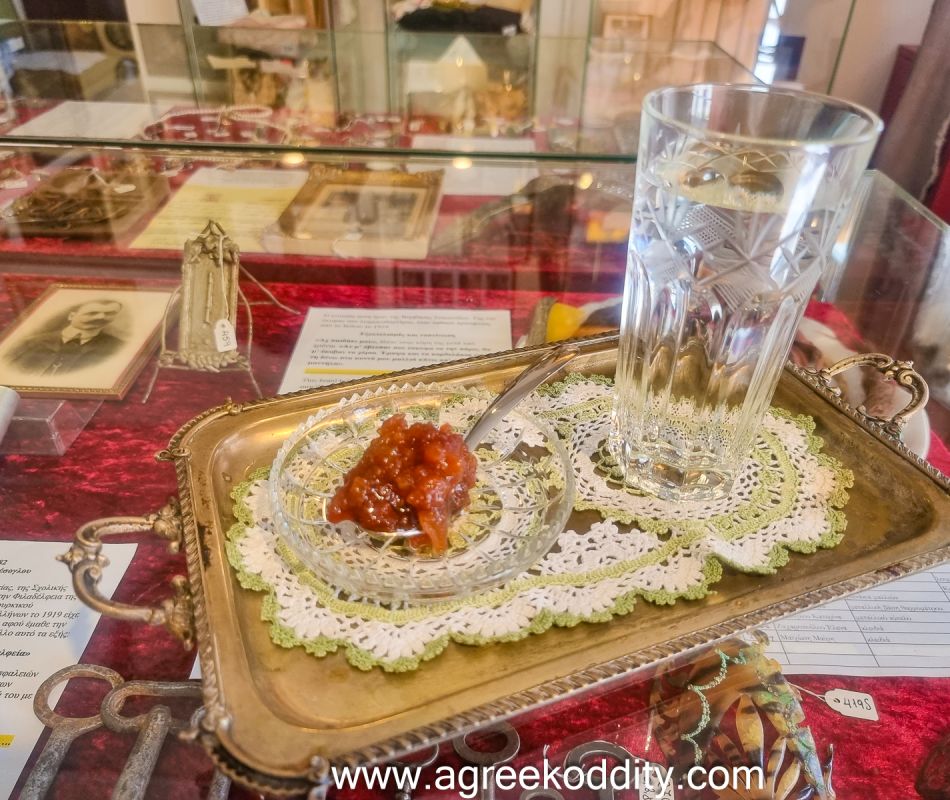






Wow 😮 that was an interesting history lesson. Glad I didn’t skip it , sounds a very moving museum display as well x
Haha – yes definitely a history lesson! It’s an incredible museum – I really want to go back to this part of Greece soon! ❤️
Beautiful post thank you for detailed research of war and description of items in museum. Very evocative. Reminded me of items my parents brought in their own emigration (also kind of refugees) and which I now cherish with much sadness and longing for the old home I hardly knew. End of era and generation.
Aww thank you Anna. It really is a lovely little museum and the volunteers made it that extra bit special being third generation refugees themselves. We can only hope that lessons are learned but somehow I’m not sure. ❤️
Very interesting Stephanie – I had no idea of this history and you’ve done a lot of research- thank you for this x
Thank you Liz. Yes I felt as I though I was studying for an exam! I hope you are well! ❤️